
A look at the patient outcomes with daratumumab use in the frontline vs second-line setting in patients with transplant-ineligible multiple myeloma, and the pros and cons of subcutaneous vs intravenous daratumumab.

Your AI-Trained Oncology Knowledge Connection!


A look at the patient outcomes with daratumumab use in the frontline vs second-line setting in patients with transplant-ineligible multiple myeloma, and the pros and cons of subcutaneous vs intravenous daratumumab.
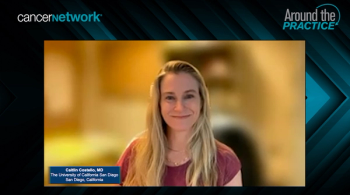
A review of the available first-line treatment options for transplant-ineligible multiple myeloma, as well as the design and findings of the MAIA study.
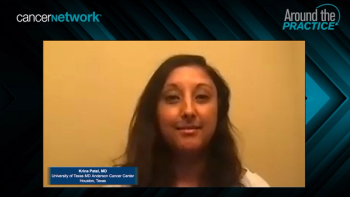
Experts explain how to determine treatment duration and a successful response to induction therapy for transplant-eligible multiple myeloma.
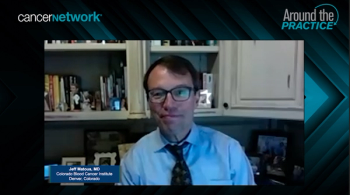
A discussion on choosing between triplet or quadruplet induction therapy for transplant-eligible newly diagnosed multiple myeloma.
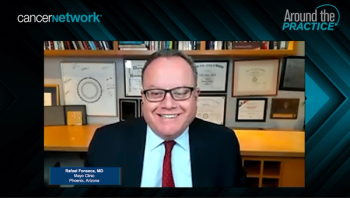
An overview of the triplet and quadruplet induction treatment regimens available for patients with transplant-eligible multiple myeloma and key clinical trials studying daratumumab and isatuximab presented at ASH 2021, with emphasis on the GRIFFIN, MASTER and GMMG-HD7 studies.
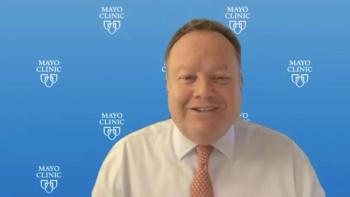
CancerNetwork® spoke with Rafael Fonseca, MD, about future efforts to compare use of daratumumab-containing regimens as either frontline or second-line therapy in patients with multiple myeloma that are transplant ineligible.

CancerNetwork® spoke with Rafael Fonseca, MD, about findings from a simulation using real-world data sets to compare the utility of daratumumab-containing regimens as either frontline or second-line therapy.

CancerNetwork® spoke with Rafael Fonseca, MD, about real-world use of daratumumab-containing regimens as either frontline or second-line therapy for transplant-ineligible multiple myeloma.

CancerNetwork® spoke with Rafael Fonseca, MD, about the rationale for a simulation using real-world data sets to compare the utility of daratumumab-containing regimens as either frontline or second-line therapy.

When asked about abstracts he thinks have the greatest potential to impact the standard of care in myeloma, Rafael Fonseca, MD, looked to emerging cellular therapies, specifically ciltacabtagene autoleucel for the treatment of heavily pretreated disease.

Myelomas that “lack” a monoclonal protein can be divided further into those that produce some protein and yet do not secrete it or whose serum concentration is so low that it cannot be measured, and those that truly produce no monoclonal protein at all.

The management of multiple myeloma (MM) has undergone rapid change with the recent emergence of several effective novel agents that have added complexity to individualized treatment decision-making. This paper reviews the initial management of 276 patients with MM diagnosed and treated by 43 US-based community oncologists since January 1, 2008. The case survey data obtained are evaluated within the broad context of published findings from major phase III randomized trials and as such reveal potential education gaps and implications for oncology CME. Overall, the results reveal that most patients were symptomatic at diagnosis and were risk-stratified by fluorescene in situ hybridization (FISH) and/or cytogenetics. When analyzed by age, the overall symptomatology and biomarker-defined risk profiles appeared similar in the three age groups studied (